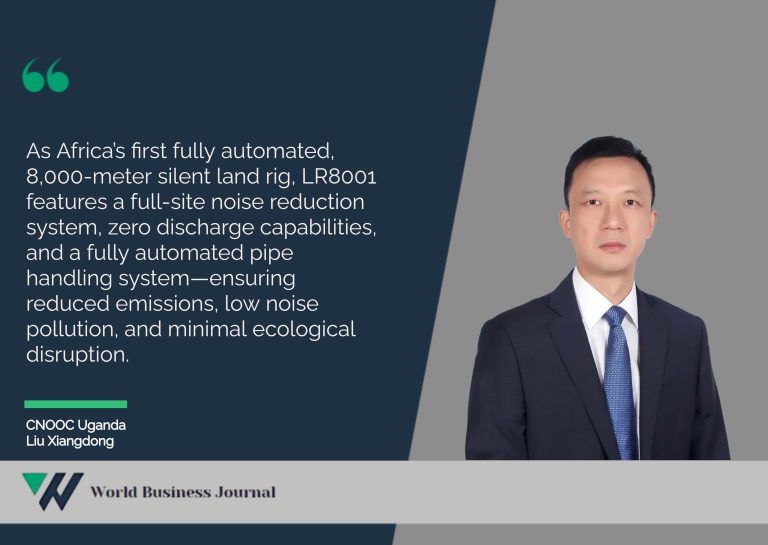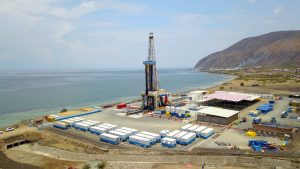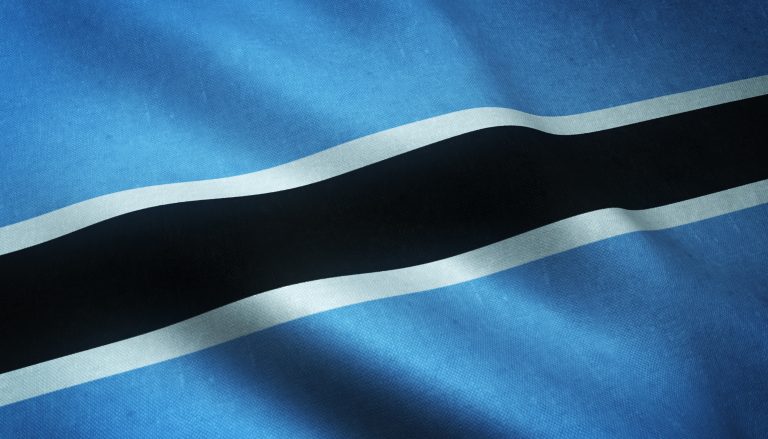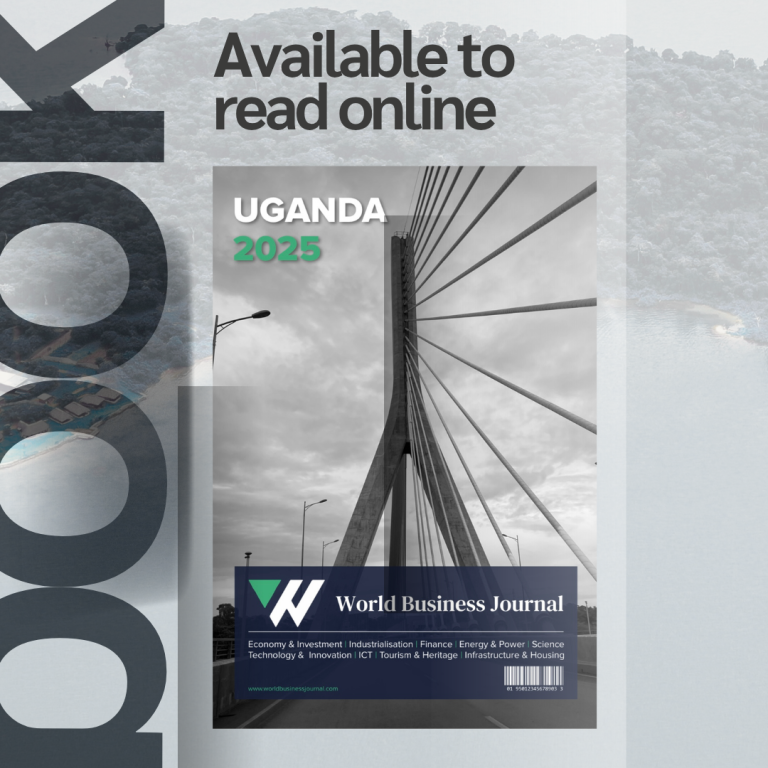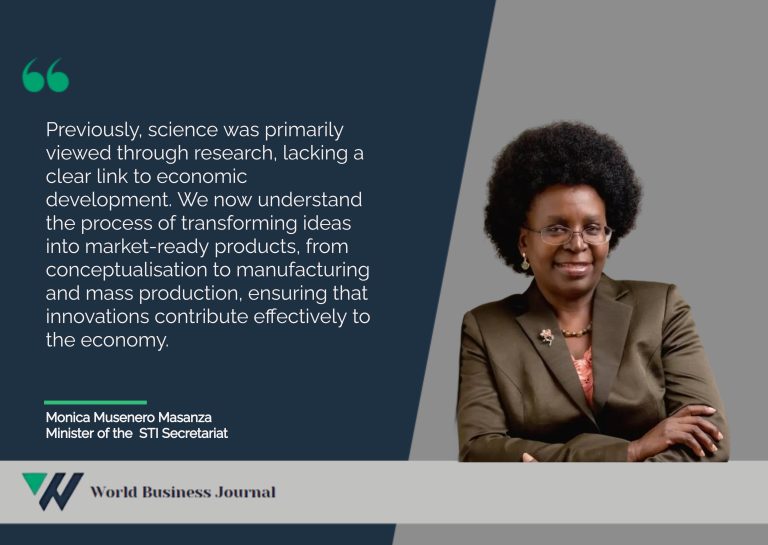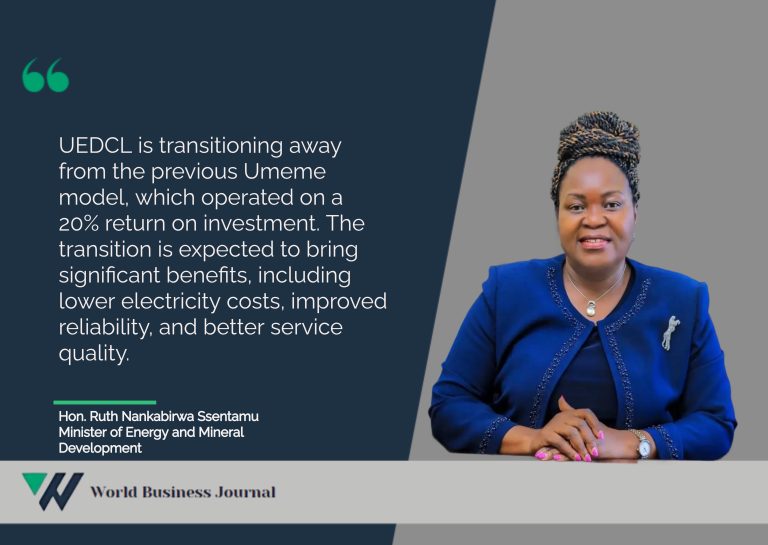Sub-Saharan Africa’s 2025 Economic Outlook: Steady Growth Amid Global Uncertainty
Sub-Saharan Africa is projected to grow at 4.1% in 2025, according to the International Monetary Fund’s (IMF) October 2025 Regional Economic Outlook (IMF, 2025). The report highlights a region maintaining economic momentum despite global challenges, including fluctuating commodity prices, higher borrowing costs, and changes in trade flows (IMF, 2025).
Regional Overview
| Indicator | 2025 Projection | Source / Notes |
|---|---|---|
| Regional GDP Growth | 4.1% | IMF 2025 Regional Economic Outlook |
| Inflation | Varies by country | Driven by food and energy prices (IMF, 2025) |
| Fiscal Balance | Mixed | Importance of revenue mobilization emphasized (IMF, 2025) |
| External Risks | High | Commodity price volatility, global trade uncertainty, aid fluctuations (IMF, 2025) |
Economic momentum is supported by policy reforms, infrastructure investment, and diversification in several countries. However, resource-dependent economies and conflict-affected regions face slower growth and limited per-capita income gains (IMF, 2025).
Country Snapshots
Rwanda
-
Key growth drivers: Technology, regional trade, and investment (IMF, 2025).
Ethiopia
-
Key growth drivers: Infrastructure and industrial expansion (IMF, 2025).
Uganda
-
-
Key growth drivers: Agriculture, services, and renewable energy (IMF, 2025).
-
Notes: Diversification efforts help buffer against global shocks.
-
Côte d’Ivoire & Benin
-
Key growth drivers: Transport and energy projects (IMF, 2025).
Resource-Dependent & Conflict-Affected Countries
-
Key challenge: Vulnerability to commodity price fluctuations (Reuters, 2025).
Policy Recommendations
The IMF emphasizes (IMF, 2025):
-
Fiscal discipline: Strengthening revenue collection and managing debt sustainably.
-
Inclusive growth: Policies to ensure benefits reach broader populations.
-
Economic diversification: Reducing reliance on volatile commodities.
-
Human capital investment: Education, healthcare, and infrastructure to enhance resilience.
Outlook for 2026
The IMF projects a modest acceleration in growth next year if reform efforts continue (IMF, 2025). The report notes that Sub-Saharan Africa’s trajectory remains sensitive to global conditions and domestic policy decisions.



